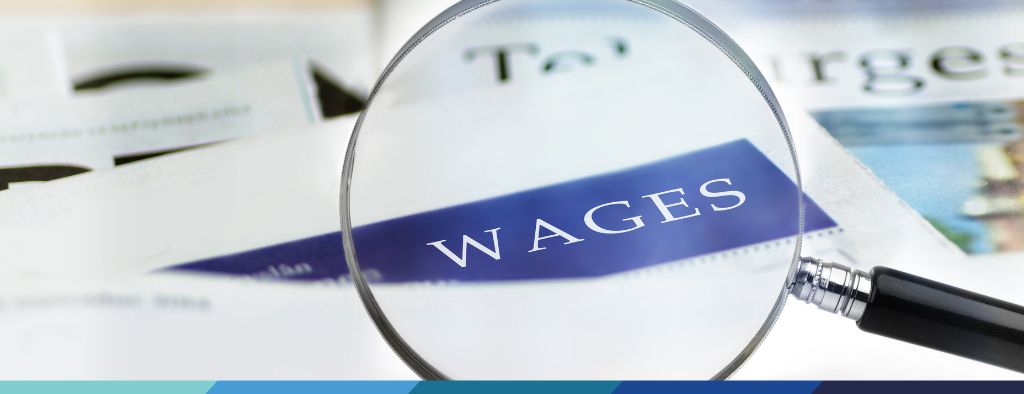
Navigating New Zealand’s wage landscape: Minimum wage, median wage, and living wage explained
by Tanya Gray | Mar 12, 2024 | Compliance, Salaries & wages

Introduction
Understanding the various wage metrics is crucial for both employers and employees in New Zealand. The country has a well-defined wage structure, consisting of minimum wage, median wage, and the living wage. In this post, we’ll delve into the key differences between these three measures, shedding light on their significance in the Kiwi job market.
1. Minimum wage
The minimum wage is the lowest legal remuneration that employers can pay their employees. Effective April 1, 2024, businesses should prepare for an upcoming hike in minimum wage rates. The adjusted rates are as follows:
The adult starting wage will increase from $22.70 to $23.15 per hour.
The starting-out and training minimum wage will rise from $18.16 to $18.52 per hour.
This increase reflects the government’s commitment to ensuring that workers receive a fair and equitable wage, keeping pace with the rising cost of living.
2. Median wage
The median wage, currently set at $31.61 an hour as of the June 2023 quarter, plays a pivotal role in the immigration system. As of February 28, 2024, the new median wage rate has been adopted into various immigration categories:
Wage thresholds for the Skilled Migrant Category, the Green List Straight to Residence and Work to Residence visas, and the Parent Category residence class visa will increase in line with the median wage ($31.61 an hour).
The wage threshold for the Transport Sector Work to Residence Visa will also increase in line with the new median wage (excluding bus drivers).
However, it’s important to note that this increase does not apply to the Accredited Employer Work Visa (AEWV), which remains at the current rate of NZD$29.66 an hour. The pause also applies to AEWV-linked work visas set at or indexed to the median wage rate from February 2023, including Partner of a Worker Work Visa, variation of conditions for AEWVs, legacy Essential Skills work visas, interim visas granted under the Skilled Migrant Category, and Partner of a Worker work visas.
This pause allows time for decisions to be taken on alternatives to the median wage threshold, ensuring that it attracts the workers New Zealand needs and fills genuine skill shortages.
3. Living wage
The living wage goes beyond legal minimums and median wages. It is an income level deemed sufficient to cover basic necessities, allowing individuals and families to live with dignity. While not legally mandated, the living wage is advocated for by various organizations and community initiatives as a guideline for fair compensation.
As of September 1, 2023, the Living Wage hourly rate stands at $26.00. This rate is carefully calculated every five years through a comprehensive review of prices, expenses, and calculation methods. The Living Wage rate aims to provide workers and their families with the basic necessities of life, enabling them to live with dignity and participate as active citizens in society. The 2023/24 rate represents a $2.35 or 9.9% increase from the previous year.
Conclusion
In conclusion, navigating the wage landscape in New Zealand involves understanding the minimum wage, median wage, and living wage. Employers must not only comply with legal minimums but also consider median and living wages for fair compensation and a positive work environment. The recent adjustments in median wage rates have implications for immigration policies, highlighting the interconnected nature of wages and broader societal considerations.
For expert advice on optimizing your wage structure and ensuring compliance, contact ConsultingHQ today. Our team is dedicated to providing tailored solutions that align with your business needs, promoting fair compensation practices and legal adherence.


